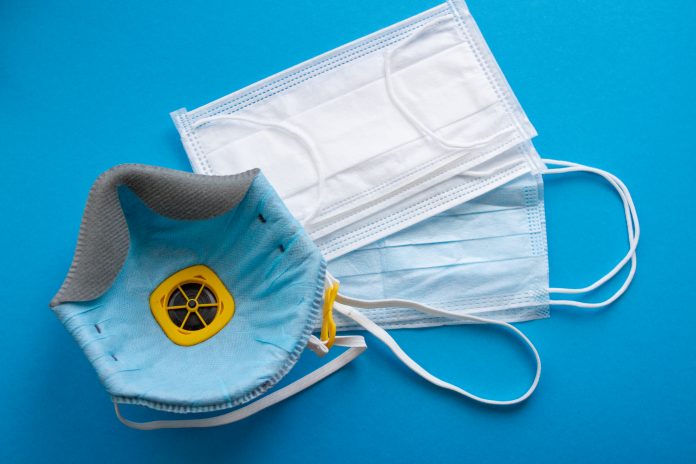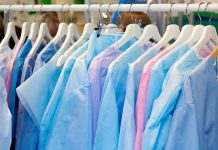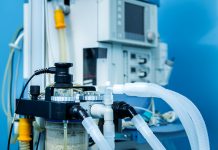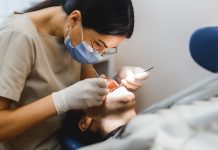In response to the COVID-19 health crisis, Rajant Corporation, has capitalised on its in-house manufacturing and provided essential protective free-of-charge face masks to aid the valiant efforts of healthcare workers
The team of Rajant volunteers, based in Malvern, Pennsylvania, are producing 24 masks a day and will begin shipping completed masks in bulk to those who have expressed interest in receiving the masks. The Rajant team followed the online protocols for 3D Printing Of Personal Protective Equipment And Repurposing Of Common Household Air Filters.
Making a meaningful contribution
The volunteers used Polylactic Acid (PLA) as a printing material for the masks and two ‘Ender Pro 3’ 3D printer models. Rajant-produced masks cannot claim to be a replacement for N95 masks because their filtration abilities have not been fully certified, however, they certainly offer the same level of protection as typical surgical masks.
“It is hard to boil down what is most meaningful about working on this project as it is but a small effort in a sea of very large, complex problems,” said Giana Schena, one of the Rajant volunteer team. “I feel hopeful that our efforts can bring some light to a dark time, and I feel determined that we will see the results of this project improve people’s lives. I hope we can continue to get the word out about the ease of 3D printing PPE, and in doing so, convince more people to donate equipment to the people who most need protection in this trying time.”
Volunteers from Rajant’s extended family, such as Laurie Barry and her 83-year-old father Gary, carefully sanded and cleaned every single unit before boxing. Knowing that a mask can potentially save a person’s life was a huge motivator for those taking part in the voluntary efforts.
“What I wanted for this project was to send a sign to our friends and neighbours and loved ones – the ones still out there in the world facing down this disease every day,” said Emma Murray, another member of the Rajant volunteer team. “I wanted them to know that – we see you. We are giving you the room you need to battle by staying at home, by doing our part to stop the spread, but that does not mean we do not want to actively help you in the battle. Here are whatever tools we have, take them. To me, this project is togetherness and collaboration in our new world of social distancing. It is hope in the darkness. Right now, it is not yet enough, we are still in the trenches, but we are not done trying.”
Continuing to combat future outbreaks
In addition to social distancing and wearing facial masks, temperature checks of those entering public domains could be the next step in combating future epidemic outbreaks. Thermal imaging, for example, can be used to detect Elevated Body Temperature (EBT) and identify differences in the heat so anyone with a high temperature can be pulled aside for additional screening for a potential virus or infection.
Thermal imaging can use sensors to detect so-called “hot zones”, with infrared energy emitted from an individual and converted into an electronic signal. The signal converts to visible heat-based images, which are transmitted in real-time to a monitoring centre for analysis and processing. This thermal imaging camera can be affixed to existing infrastructure around a temporary medical centre or public facility. Alternatively, it can be attached to a drone flying less than 200 feet to capture and transmit body temperatures.
Rajant has also donated its wireless network in the form of a healthcare kit to state emergency medical centres in Pennsylvania (US) and Kentucky (US) to aid those working and recuperating at pop-up sites during the crisis. Rajant committed six of its Emergency Response Rapid Deployment Kits to the areas around the United States upon needed request. Each Kit is able to service 50 beds and can be deployed in as little as 30-60 minutes. The wireless network can enable vital communication requirements to support the critical operation of emergency medical spaces and readily connect healthcare workers within the triage space. This network can be used for mobile field hospitals, pop-up health treatment shelters, COVID-19 testing facilities, and Small Business Administration (SBA) temporary loan centres (US-only).
Editor's Recommended Articles
-
Must Read >> Can nanotechnology aid the battle against COVID-19?














